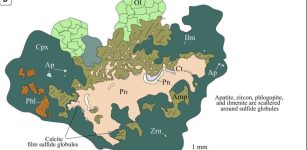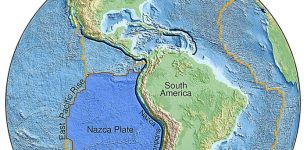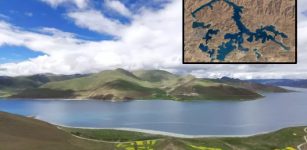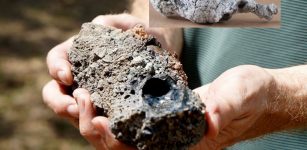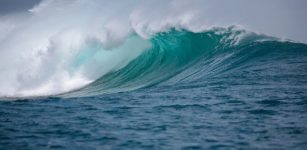New Intricate Behaviors Of Deep-Sea Currents – Revealed In A New Study
Eddie Gonzales Jr. – MessageToEagle.com – A new study shows that changes in the ocean floor impact currents, giving new insight into the deep-sea pathways of nutrients and pollutants.
The study revealed that ocean currents varied in speed and direction and even reversed, influenced by the diverse topography of the seafloor.
Observations of near-bed currents offshore North Mozambique. Credit: Nature Geoscience (2024). DOI: 10.1038/s41561-024-01494-2
Earlier models predicted steady, continuous currents. These discoveries will improve understanding of deep-sea nutrient pathways supporting ecosystems and help identify areas where microplastics and other pollutants accumulate in the ocean.
Scientists’ improved understanding of deep-sea current interactions with the seafloor enhances their interpretation of resulting deposits. These deposits record long-term climate change and offer insights into potential future ocean impacts.
The seafloor collects particles like sand, mud, organic carbon, and pollutants. These accumulations in the deep sea help reconstruct past climates, hazards, and ocean conditions, providing valuable climate change archives beyond historical records.
“It is important to understand the behavior and pathways of currents that operate in the deep sea, to determine pathways of natural and human-made particles,” the lead scientist on the project, Dr. Mike Clare of NOC, said in a press release.
Few direct measurements of deep-sea floor currents exist. Most are taken high above the seafloor, briefly, and at single locations. Our understanding of deep-sea current dynamics has been limited until now.
A recent international study analyzed seafloor currents over four years using data from 34 deep-sea moorings. These moorings, deployed in depths up to 2. 5 km, were equipped with Acoustic Doppler Current Profilers, which act like underwater speed cameras to measure currents.
According to the study’s lead author, Dr. Lewis Bailey, formerly of NOC and now at University of Calgary, ocean bottom currents offshore Mozambique are highly variable. Their intensity changes seasonally and can reverse direction within hours, similar to upper ocean currents.
Professor Elda Miramontes, co-author of the study from the University of Bremen, commented that, these unprecedented deep-sea current measurements, covering a vast area and duration close to the seafloor, will significantly improve our models for reconstructing past climate-related ocean changes.
Dr. Clare added, “The deep sea can be extremely dynamic and this study underlines the importance of sustained observations, which provide critical information on understanding the ocean. More detailed observations are critical for understanding the important role bottom currents play in transporting sediment, carbon and pollutants across our planet.”
Written by Eddie Gonzales Jr. – MessageToEagle.com Staff Writer


